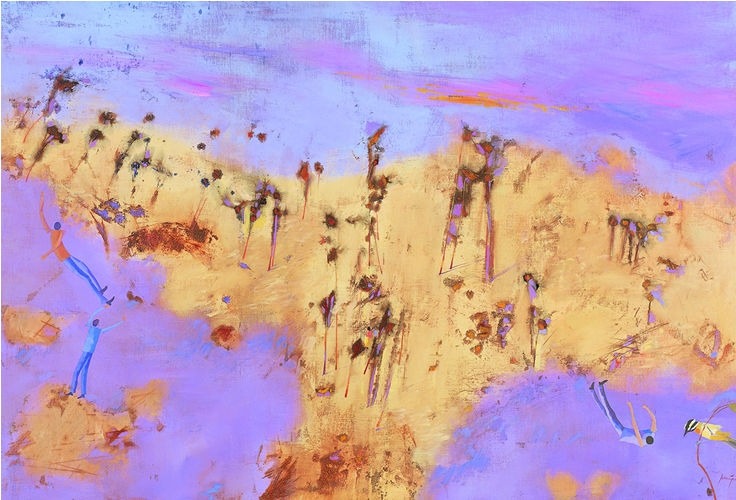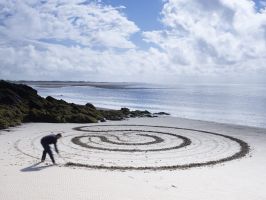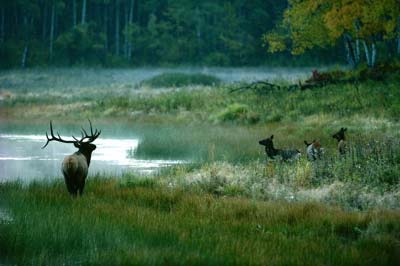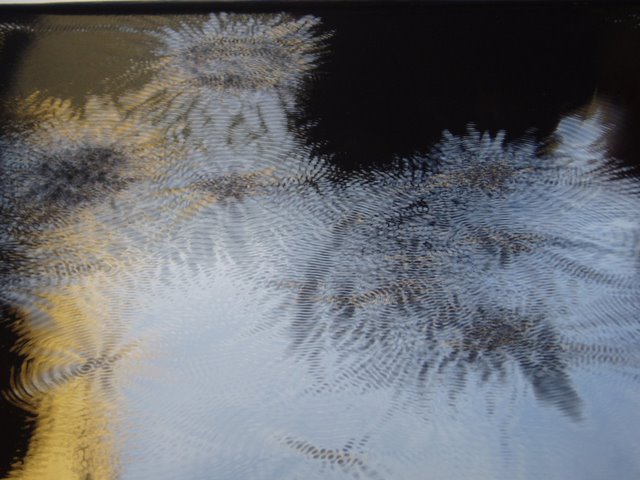 Why did the Bauhuas succeed in Weimar and Dessau, while the New Bauhaus, founded in Chicago in 1937 (which became Illinois Institute of Design) did not succeed? Laszlo Moholy-Nagy founded the New Bauhaus. A painter, photographer, filmmaker and teacher, he saw the artist as a visionary and said: “We need Utopians of genius to foreshadow the existence of the man of the future, who, in the instinctive and simple, as well as in the complicated relationships of his life, will work in harmony with the basic laws of his being.” [http://nmaa-ryder.si.edu/collections/exhibits/abstraction/moholyNagy.html] In his book Vision in Motion Moholy wrote that ‘art’ is the result of an inner drive. However, he qualified the usefulness of this inner drive by saying “only by translating an intuitive grasp of the unadulterated problems of his time into imagery, can a coherent expression be ‘best’.”
Why did the Bauhuas succeed in Weimar and Dessau, while the New Bauhaus, founded in Chicago in 1937 (which became Illinois Institute of Design) did not succeed? Laszlo Moholy-Nagy founded the New Bauhaus. A painter, photographer, filmmaker and teacher, he saw the artist as a visionary and said: “We need Utopians of genius to foreshadow the existence of the man of the future, who, in the instinctive and simple, as well as in the complicated relationships of his life, will work in harmony with the basic laws of his being.” [http://nmaa-ryder.si.edu/collections/exhibits/abstraction/moholyNagy.html] In his book Vision in Motion Moholy wrote that ‘art’ is the result of an inner drive. However, he qualified the usefulness of this inner drive by saying “only by translating an intuitive grasp of the unadulterated problems of his time into imagery, can a coherent expression be ‘best’.”
Although the curriculum at the New Bauhaus was reputed to be the same as the basic or founding course developed by Walter Gropius for the Bauhaus in Germany, the Bauhaus in Chicago never reached the same heights of design innovation. The Chicago Bauhaus is recognised today for advancing the art of photography. In terms of design, the School is credited with changing the stylistic direction, resulting in a reduction in the then dominant ‘Beaux Arts’ tradition in America. [http://www.bauhaus.de/english/bauhaus1919/nachfolge1919.htm]
Modernism, in one sense, became America’s post-war style. Designers in the UK and Australia looked to the United States for the new direction. Perhaps this is the legacy of the Bauhaus? Yet, one of IIT’s (the New Bauhaus) famous sons is Charles Owen. He is known for the customer-centric process called ‘Structured Planning’: “Structured Planning is a methodology that generates and optimises the insights and information necessary for planning customer-centric service systems, and has the added advantage of enabling traceability of decision-making, a feature that is particularly relevant in an accountability-focused government environment.” Owen’s philosophy of the customer-centric process is clearly different (if not in opposition to) the idea of the crafts-based artist expressing an inner drive which is representative of his historical time. Or is it so different?
The diagram (http://flickr.com/photos/21525853@N00/2291690514/ ) is from the 1939 brochure of the New Bauhaus School of Design. It has Architecture and Engineering at its heart and Nature Study near the periphery. Garden design and landscape architecture do not appear on the diagram.






